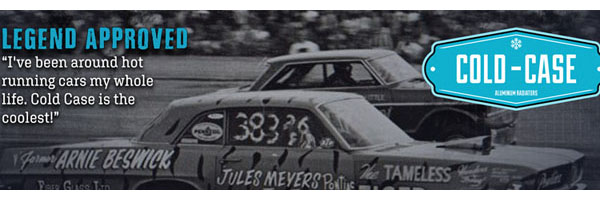This may or may not help. One poster seems to claim the gauge and sender don't care about voltage.
https://www.jalopyjournal.com/forum/...-gauge.777494/
But read on.
The sender is a rheostat, putting variable resistance in the circuit depending on fuel level in the tank. For a typical pre-'65 GM with a 0-30 ohm sender, when the sender provides 30 ohm resistance, the gauge will read full.
The sender is "matched" to the gauge on the basis of the resistance range.
The gauge itself is stable under a wide range of input voltage. This is useful in that operation of various components that would cause voltage drops won't appreciably impact the fuel level reading. Turn on the radio or headlights, you don't want the fuel gauge to change its reading.
But here is where I would beware of the comments in the linked page.
The gauge itself has fine wire wound coils that work in combination with the sender to determine circuit resistance and the coils control the gauge needle position accordingly.
The EE circuits course I took 45 years ago leaves me uniquely UNqualified to understand how this all works but it seems these resistance combinations are all that the gauge needs to register fuel level.
The voltage provides the power to drive the current.
From Ohm's Law, voltage, resistance, and current are related. If the resistance in the wire wound coils is low and the voltage is nominally 6V, the current thru the fine wires is maxed out.
If the nominal voltage is doubled and the resistance is unchanged, the current is doubled.
From what I read, doubling the current thru these wires will potentially burn them up.
I also think (by no means an expert opinion) that max current thru any part of the circuit occurs when the tank is empty and a single coil carries all of the current. And then again, when the tank is full, the other coil carries max current. Perhaps you could avoid frying these coils if you kept the tank between 1/3 and 2/3 full, you might never exceed what either coil could handle.
But the consensus recommendation when converting a 6V fuel gauge to 12V power seems to be to use an appropriate resistor in the power feed to the gauge to keep the voltage in the 6V range.
The sender itself should be sufficiently robust and would need no modification (even if you ran 12V with a matched 12V gauge).
Mechanical gauges are no problem of course but don't forget that the bulbs should be 12V rated.
In lieu of the resistor, check out this fancy solid state unit:
https://www.youtube.com/watch?v=VxBMQS1m9Qo
or this less fancy version:
https://www.youtube.com/watch?v=uPG7sxhRqwU






 Linear Mode
Linear Mode



